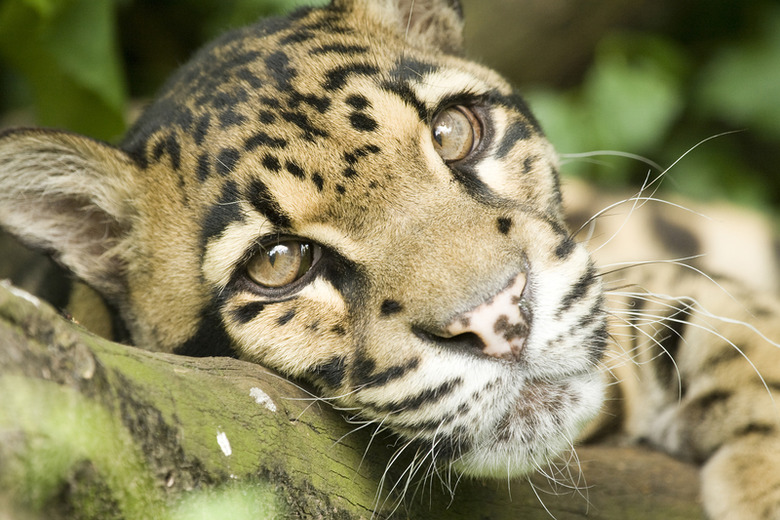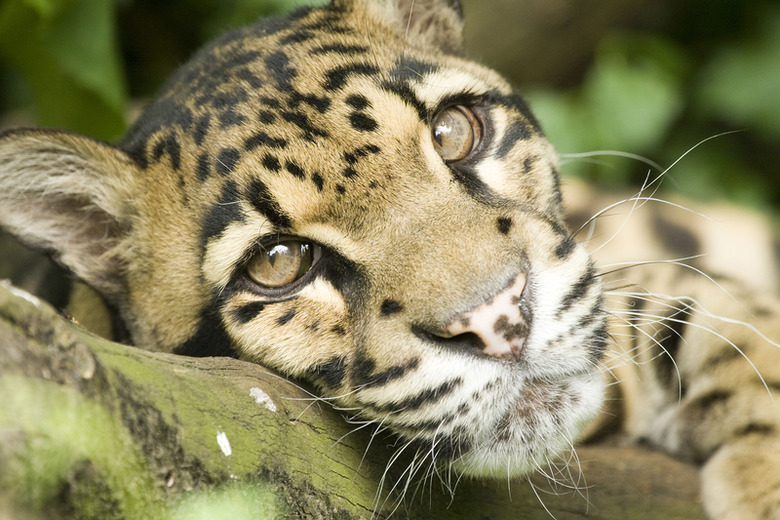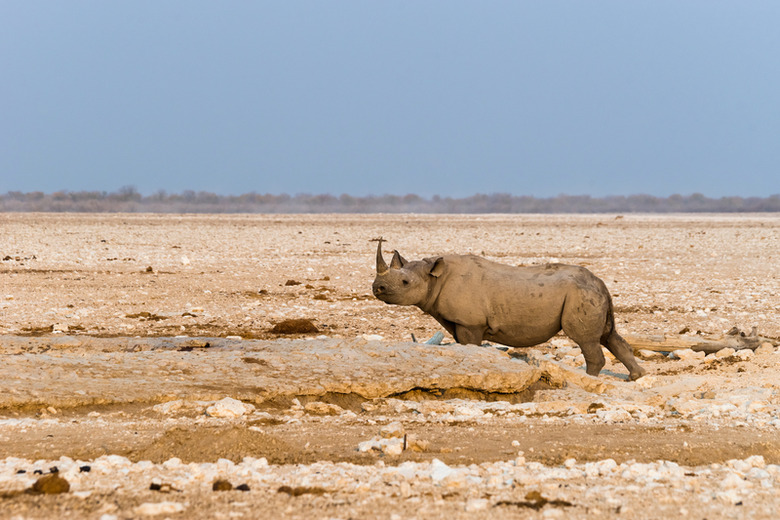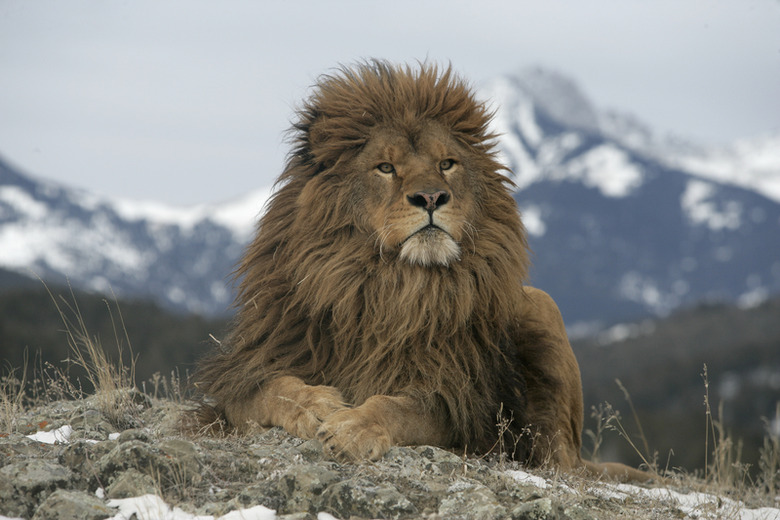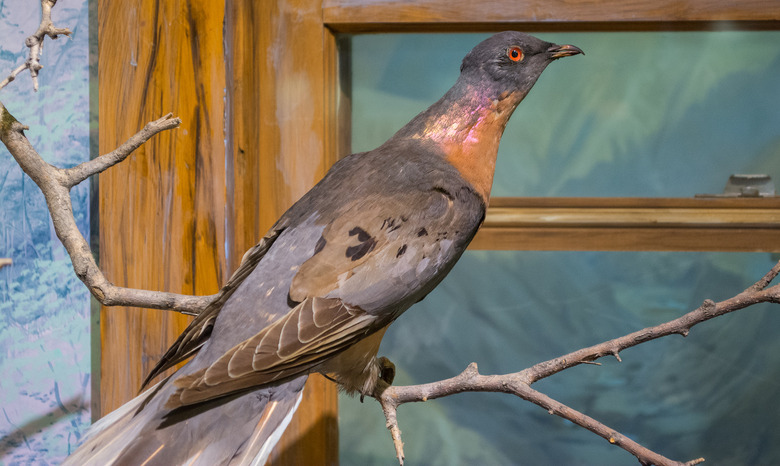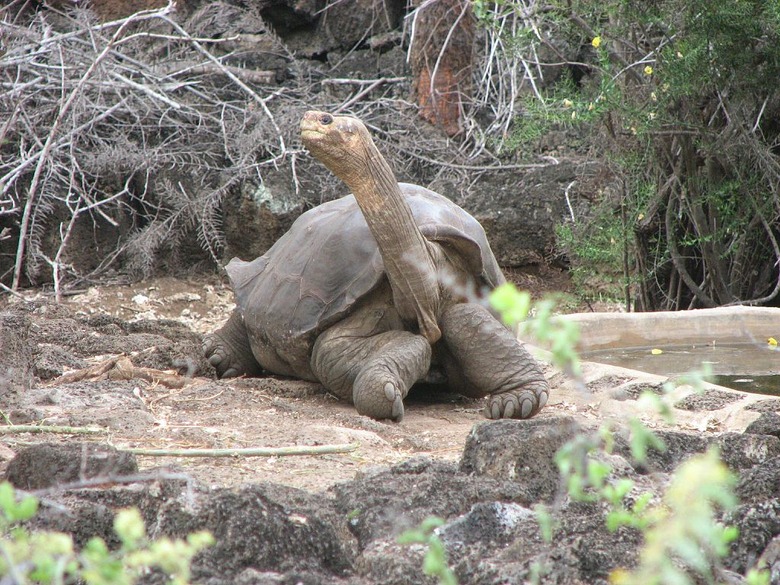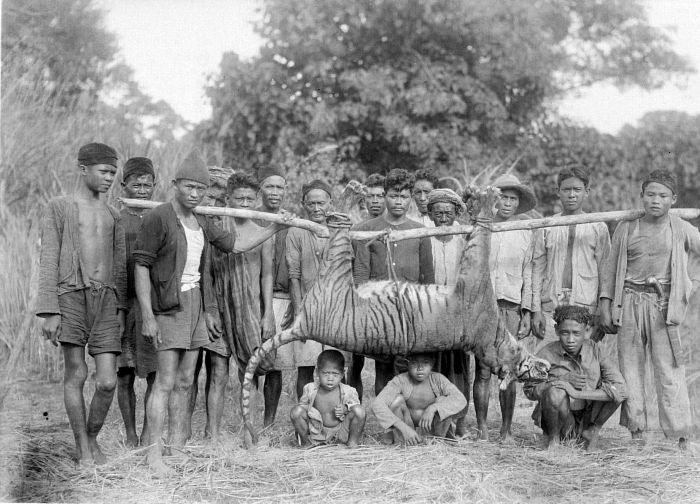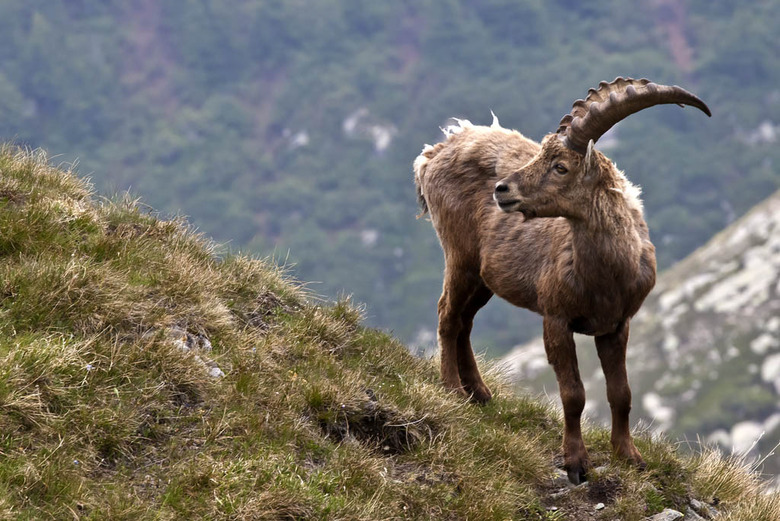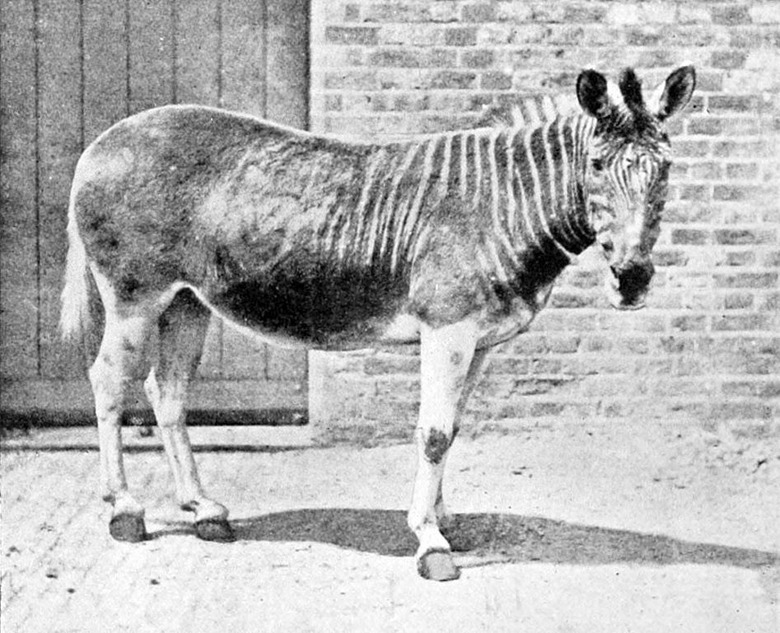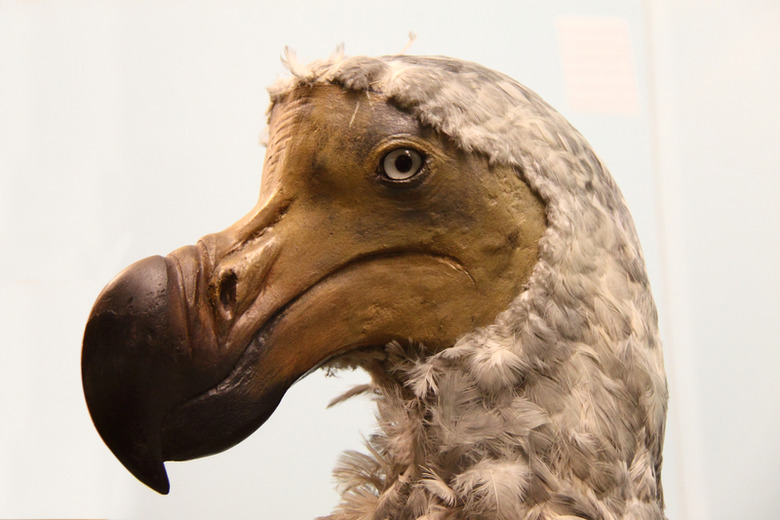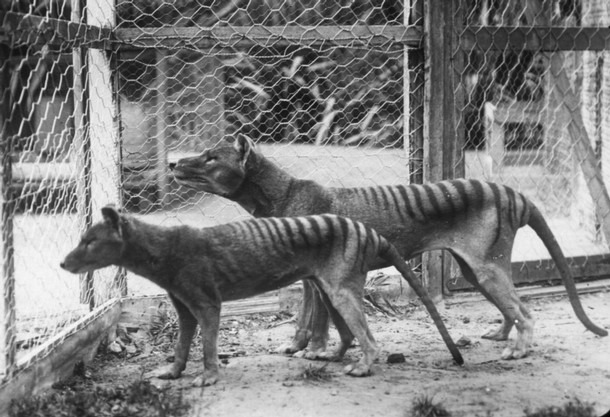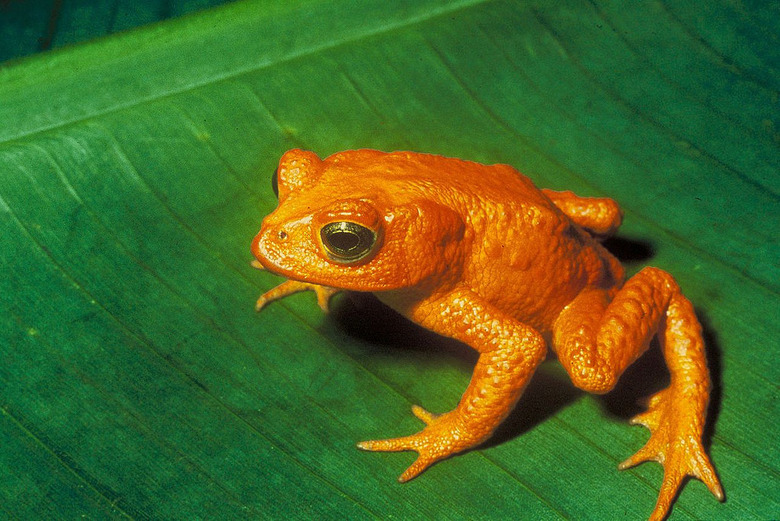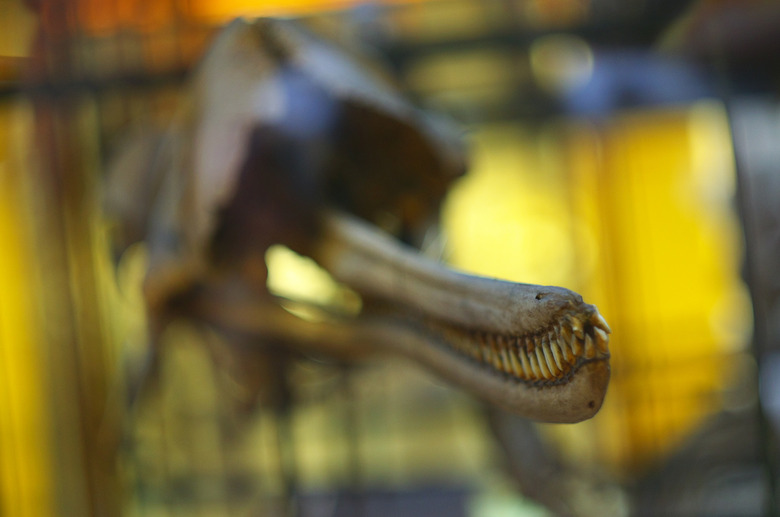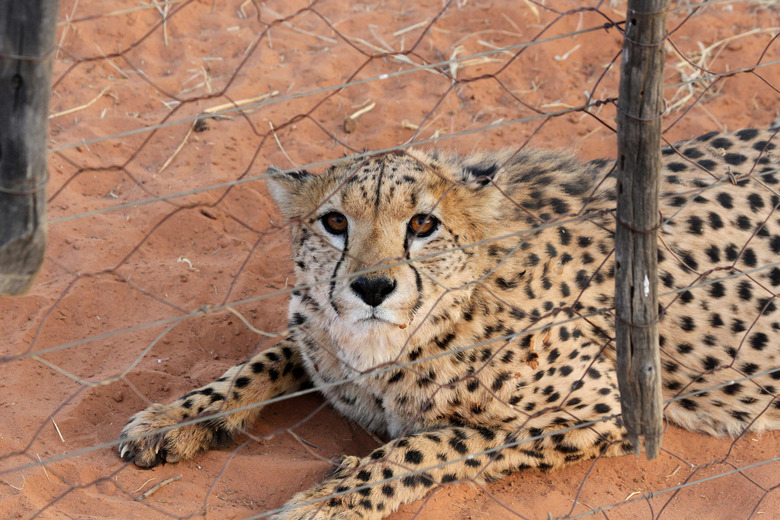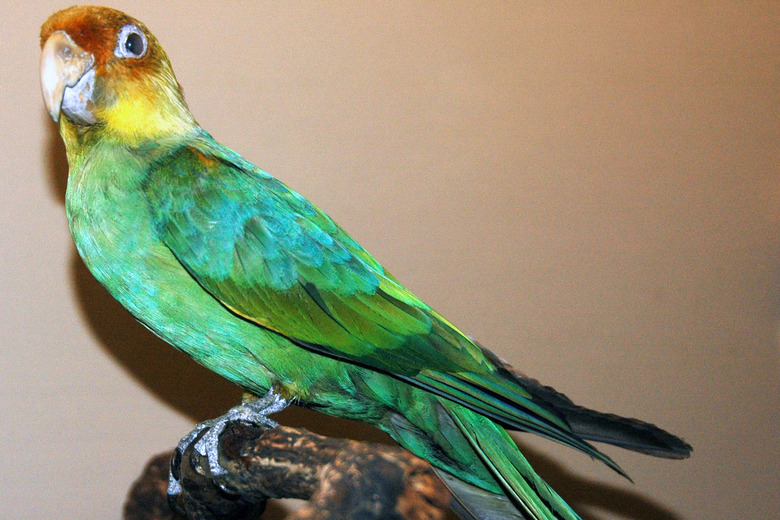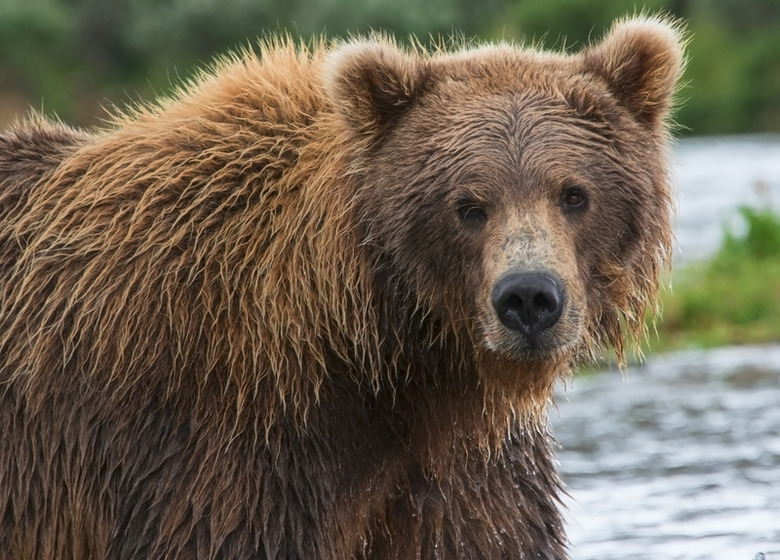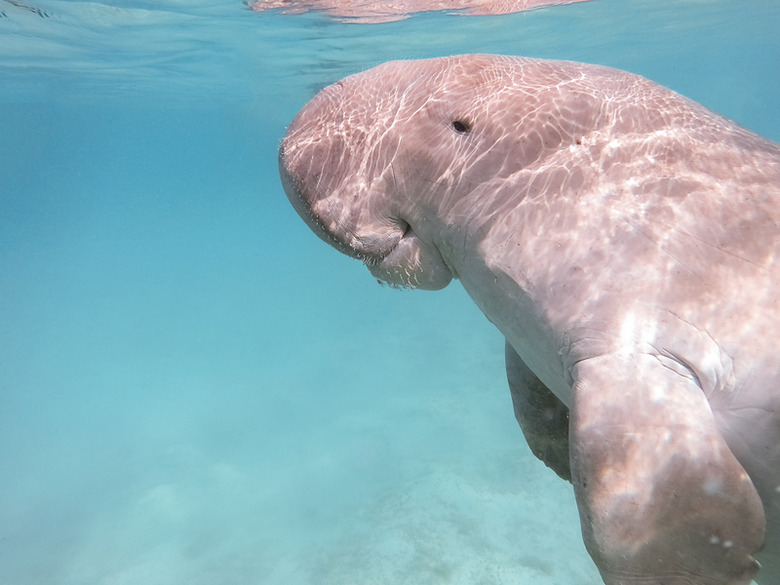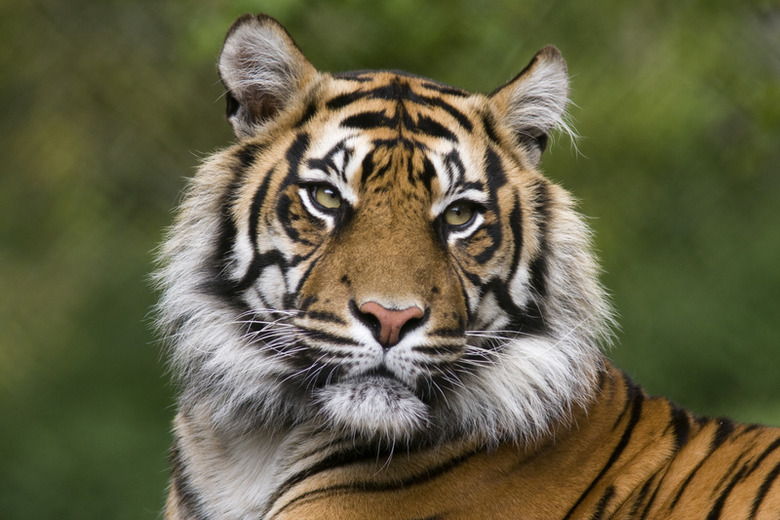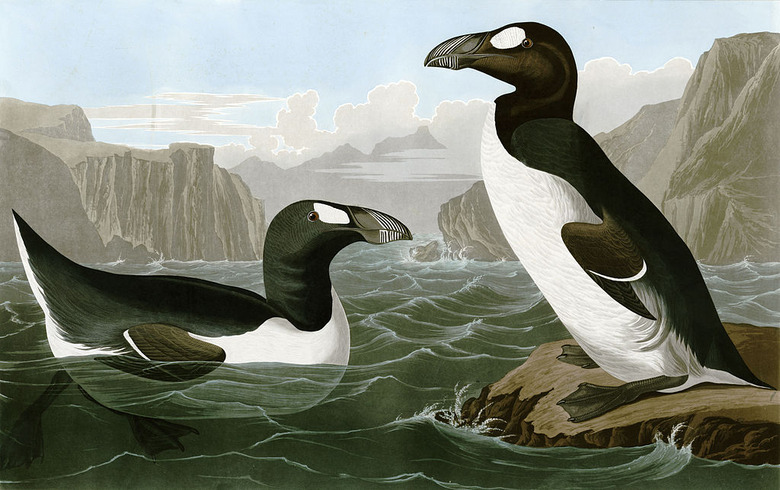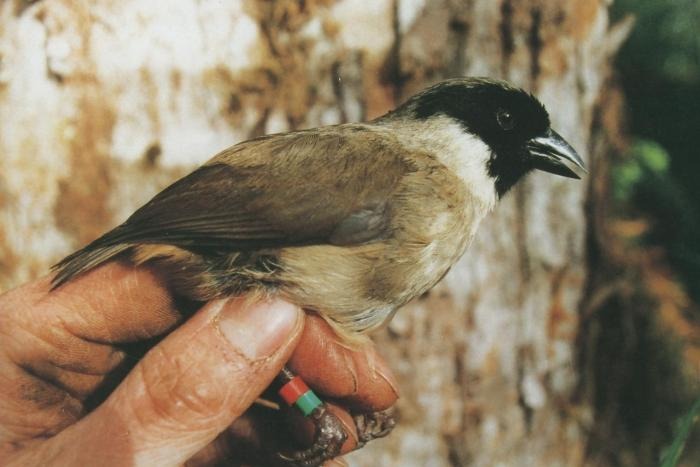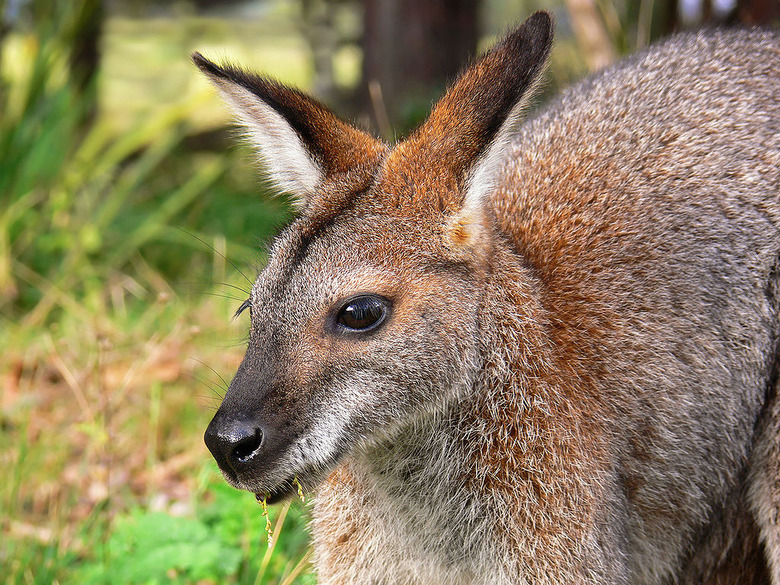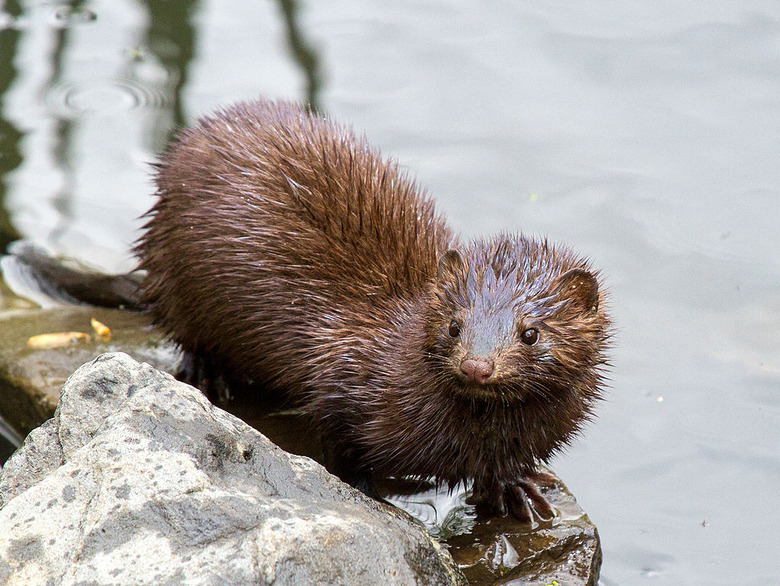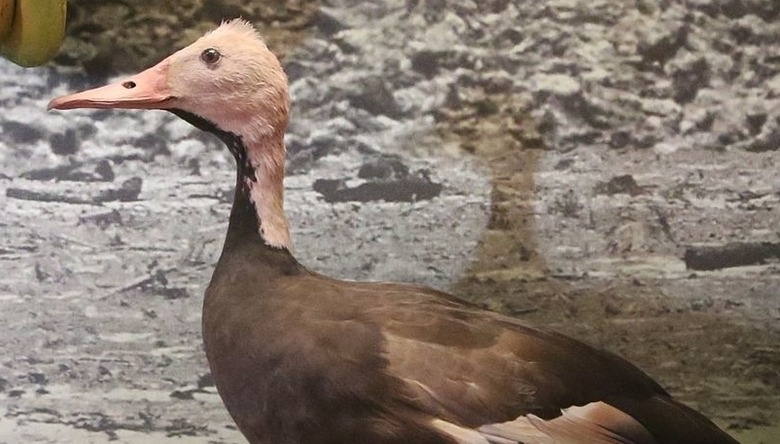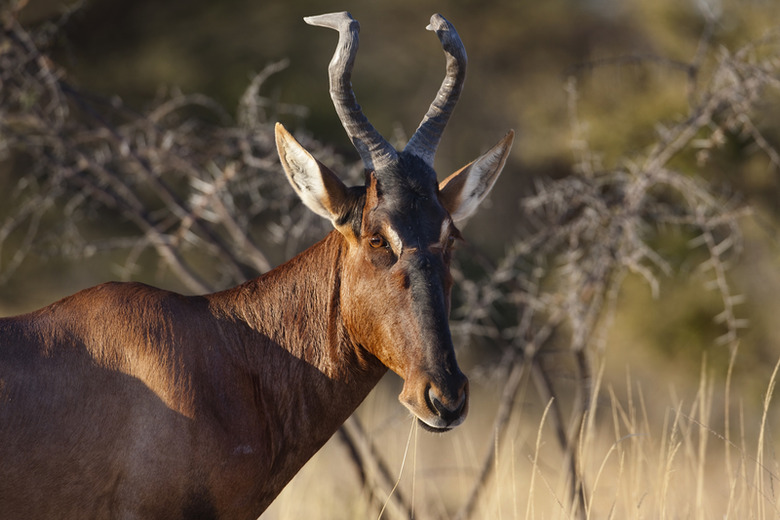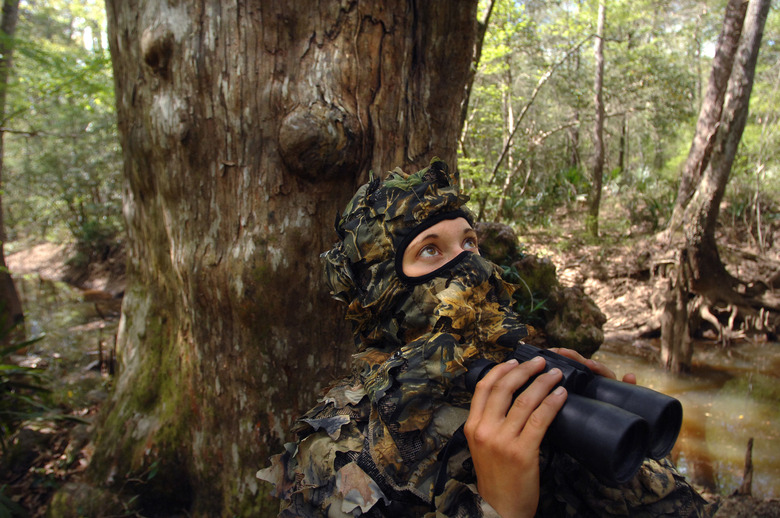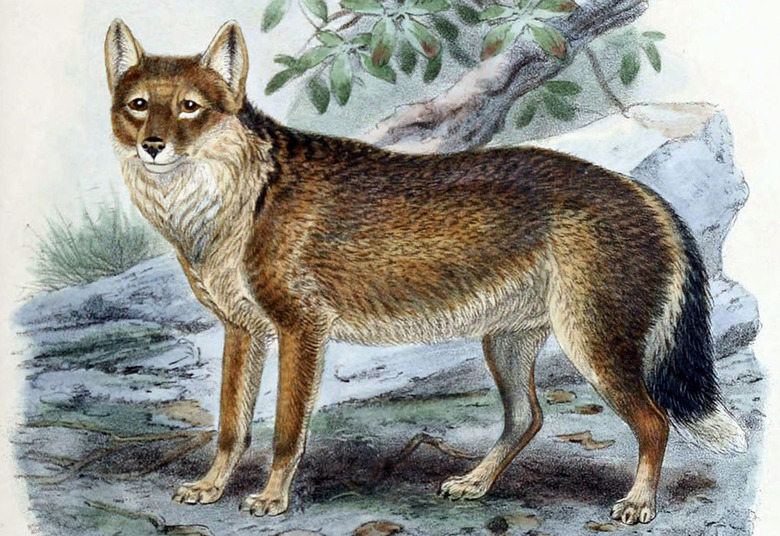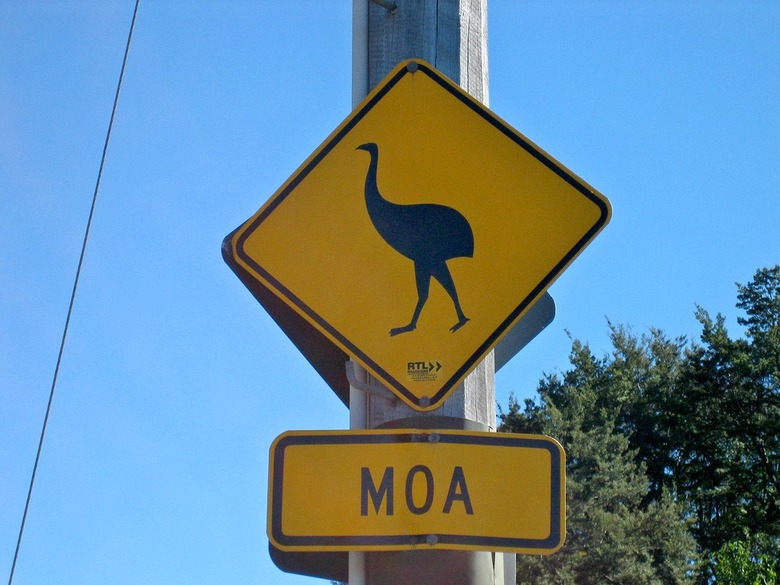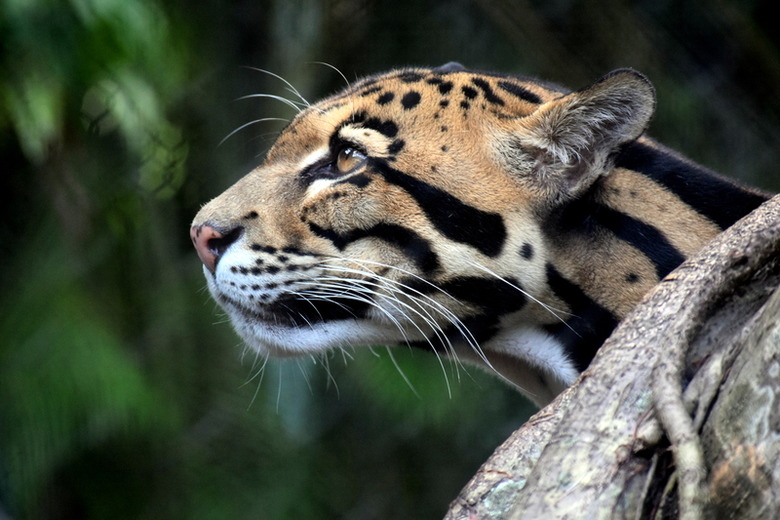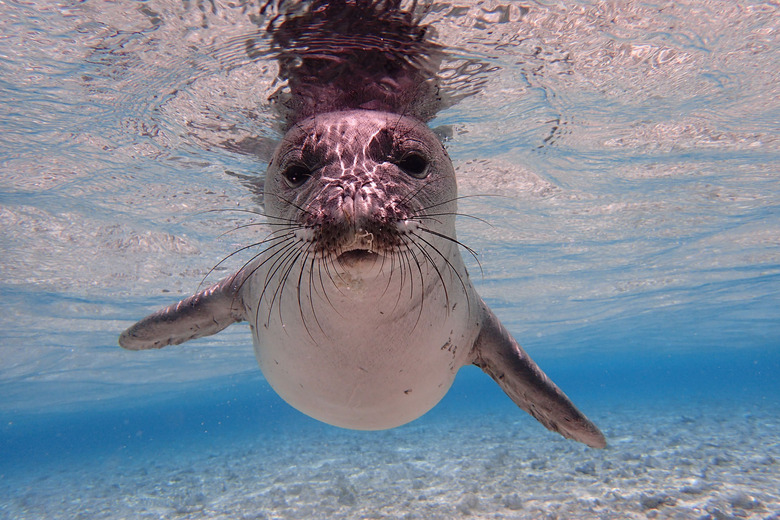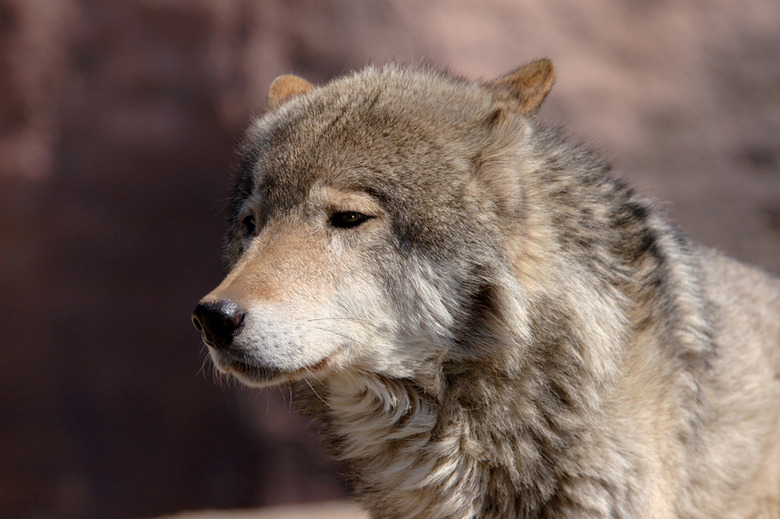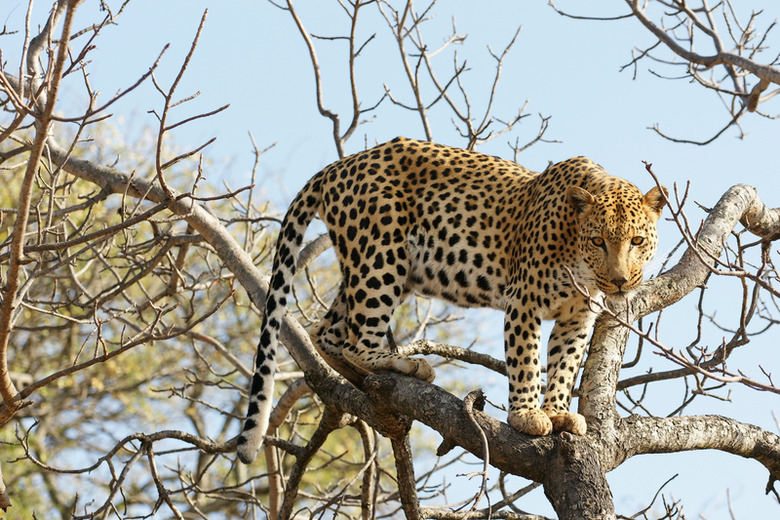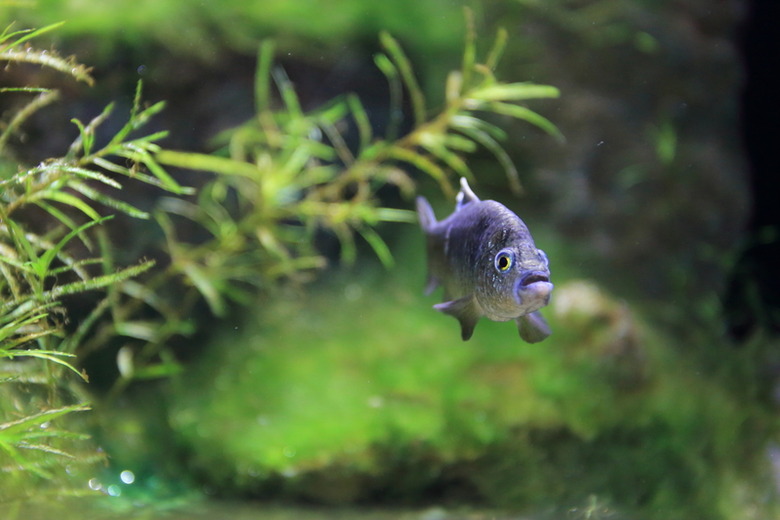Tragic Stories Of Extinct Animals
Tragic stories of extinct animals
There are more than 1 million scientifically identified animal species on Earth, but we lose between 100 and 1,000 of them to extinction every year, according to the World Wildlife Fund (WWF).
Our planet is currently in its sixth major extinction crisis, the worst since the dinosaurs were decimated by an asteroid strike, scientists say. Unlike past mass extinctions, this crisis is predominately man-made.
From hunting and killing every last member of a species to polluting or destroying their habitats to introducing invasive species and disease, humans are responsible for eliminating hundreds of unique and amazing animals around the world.
Here are 30 amazing species that have disappeared within the last few centuries because of heartbreaking circumstances.
Western black rhinoceros
Populations of black rhinoceros have been ravaged by poaching. Though there were an estimated 1 million black rhinos in 1900, three subspecies are now critically endangered, while the fourth, the Western black rhino, was declared extinct in 2011. The last Western black rhino specimen was seen in Cameroon in 2006. The use of rhino horn in traditional Chinese medicine has fueled a black market trade, while civil unrest in the countries it inhabited hindered conservation efforts.
Barbary lion
This larger lion subspecies from Algeria, Egypt, Libya and Morocco went extinct in the wild after the last wild lion was shot in Morocco in 1942. Barbary lions, also known as North African or Atlas lions, are notable for their thick, dark and long manes in males, which they potentially developed in response to their mountain habitat. Historically used in Roman gladiator fights and kept in zoos by the royalty of Morocco and Ethiopia, Barbary lions were also collected for European parks, circuses and zoos. The descendants of these captive lions are the last remains of an almost-lost subspecies. Scientists are trying to do genetic testing and start breeding programs to keep the Barbary lineage alive.
Passenger pigeon
One of the most notable U.S. animals driven to extinction by humans is the passenger pigeon. The last verified sighting of this bird was in 1900. Previously one of the most abundant birds in the world, passenger pigeon populations were destroyed by excessive hunting by the millions, deforestation and the expansion of railways, which allowed their cheap meat to be sent to market and sold on a larger, more deadly scale. The last captive passenger pigeon, named Martha, lived alone for four years until she died in the Cincinnati Zoo in 1914.
Pinta Island tortoise
The last known Pinta Island tortoise, named Lonesome George, died in 2012, rendering the species extinct. George was collected from the wild on the Galapagos island of Pinta in 1972 after nearly two centuries of exploitation whittled away the island's former population of 2,500 adult tortoises. Whalers and fisherman killed them for food, and goats introduced by humans destroyed the turtles habitat as well.
Javan tiger
Three subspecies of tigers have gone extinct in the last 80 years: the Caspian, Bali and Javan tigers, the latter two being found on Indonesian islands. Smaller and with denser stripes than their mainland cousins, Javan tigers were victims of deforestation for development and loss of prey. As the human population on Java swelled, Dutch colonizers put out a bounty for the once-numerous tigers, encouraging their slaughter. The Javan tiger was last sighted in 1976 and has since been declared extinct.
Pyrenean ibex
The Pyrenean ibex, also called a bucardo, has technically gone extinct twice. This wild goat, native to the Pyrenees Mountains between France and Spain, was overhunted, and in 2000, the last known individual, a female nicknamed Celia, was crushed by a fallen tree. But scientists collected samples of her cells and were able to successfully clone her in 2003, but the newborn clone died 10 minutes after being born. The Pyrenean ibex is the animal that's gotten closest to being brought back from extinction, according to National Geographic.
Quagga
While it's commonly accepted that zebras are black-and-white striped African relatives to horses, there are actually five different subspecies, one of which was mostly white or brown with only partial portions of its body covered in brown and white stripes. This subspecies, called the quagga, was killed by Dutch settlers in South Africa for their meat and skins and because they competed with domestic animals for grazing space. Only one quagga was ever photographed alive at a zoo in London. The last captive specimen died in 1883, and the animal officially went extinct.
Dodo
The dodo has become the icon of man's capability to irresponsibility exterminate a species. Despite going extinct from the island of Mauritius in 1662, the dodo has lived on in popular culture. It inspired characters in "Alice's Adventures in Wonderland" and the Looney Tunes and even is featured in the idioms "dead as a dodo" and "to go the way of the dodo." The dodo went extinct less than a century after being discovered due to indiscriminate hunting by sailors and the invasive species they introduced. It was almost considered a mythological creature but a few surviving specimens confirm its existence.
Thylacine
The thylacine, also known as the Tasmanian tiger, was the largest carnivorous marsupial and it lived across the Australian island of Tasmania. Dubbed a tiger because of its stripes, it was the size of a medium dog and had a pouch like a kangaroo. Seen as a threat to sheep, developers and the government of the island offered bounties for thylacines in the late 1800s, encouraging farmers and hunters to kill them in large quantities. The last thylacine, later referred to as Benjamin, died in Australia's Hobart Zoo in 1936. That same year the animal was given legal protection under Tasmanian law, although it was obviously far too late.
Golden toad
Formerly a common species, golden toads had a healthy population in 1987, but a year later, only eight males and two females were found. By 1989, only a single male was found, the last recorded sighting of the species. The toad lived in a narrow range but it was within the protected Costa Rican Monteverde Cloud Forest Reserve. The only factor the park's scientist could point to for the toad's disappearance were unusually warm years due to climate change, which threatens hundred of amphibian species.
Baiji
The baiji is also known as the Chinese or Yangtze river dolphin and is presumed extinct because it hasn't been seen in the wild since 2002. A six-week survey in 2006 found no living specimens. A finless freshwater porpoise, the baiji lived in a stretch of the Yangtze River. Previously historically venerated as Goddess of the River and legally protected, the baiji were nonetheless accidentally killed by fisherman and boats and died due to loss of habitat. The river was developed for commercial purposes to the point that it became "highly degraded and unsafe" for them to survive in, according to the International Union for Conservation of Nature.
Indian cheetah
The only Indian animal to go extinct from unnatural causes is the Indian cheetah. This cat was a subspecies of the critically endangered Asiatic cheetah, which is now found only in Iran. Indian cheetahs were hunted to extinction with the last Indian cheetahs being shot in 1947 by a maharaja. Cheetahs were killed as trophy animals but largely trapped to keep as pets or domesticate to use to hunt other animals. Cheetahs in captivity are infertile, so they constantly were captured from the wild until the population was decimated.
Carolina parakeet
The United States has no living native parrot species, but it used to, until the Carolina parakeet was declared extinct in 1939. This colorful, outgoing bird thrived in the southeastern U.S. from Florida to Virginia. It was deemed a nuisance and exterminated to protect crops as well as shot for sport. It was also killed for its vibrant plumage, which was popular as decoration in ladies hats.
California grizzly bear
Despite its association with California and prominent placement on the California state flag, the California grizzly bear was exterminated by settlers during the Gold Rush. While the majestic animal reportedly roamed the state by the thousands in the early 1800s, they were systematically killed until the last one was shot in 1922, 30 years before grizzlies were named the official state animal of California in 1953. Some conservationists have petitioned to reintroduce the animal to the state, but no plans have been approved. Nationwide, grizzlies are now protected under the Endangered Species Act.
Steller's sea cow
A close relative of modern sirenians such as manatees and dugongs, Steller's sea cow was discovered in the Bering Sea between the U.S. and Russia in 1741 and is believed to have been exterminated by 1768, less than 30 years later. These extra-large, slow-moving sea mammals could grow up to 30 feet long and weigh 22,000 pounds and were an easy source of meat for Russian seal hunters.
Caspian tiger
Also known as the Persian tiger, the Caspian tiger used to be found in Central Asia from Turkey to China throughout countries bordering the Caspian Sea. After the Russian colonization of Turkestan, tigers were hunted for sport, as were their main source of prey, wild pigs. They were also exterminated by the Soviet army and their habitats were destroyed when swaths of land were cleared and converted for agriculture. Tiger populations began disappearing in countries such as China and Georgia in the 1920s. In 1947, Russia banned hunting both Caspian and Siberian tigers, but by the 1960s, Caspian tigers were extinct.
Great Auk
Though they're unrelated to penguins, Great Auks, of the genus Pinguinus, inspired the name sailors in the Southern Hemisphere gave to penguins, which were first described as flightless geese in the 16th century. Great Auks were once abundant in the Northern Hemisphere, but the 3-foot-tall flightless birds went extinct in 1844 after the last pair were hunted down off the coast of Iceland. They had an egg with them too, but a fisherman stepped on it, crushing the species' last hope for survival. Their population dwindled due to overharvesting of their eggs and overhunting for their meat, fat, oil and feathers.
Po'o-uli
The po'o-uli, also known as the black-faced honeycreeper, was endemic to the Hawaiian island of Maui. It is presumed extinct because the last two living individuals have not been seen since 2003 and 2004 and subsequent surveys haven't turned up any of the bird. The cause of their decline is thought to be a combination of habitat destruction, predation from introduced foreign species and mosquito-borne diseases. An aging bird was captured in 2004 but scientists were unable to capture a mate for him. After his death, tissue samples were collected so that the bird might be cloned in the future.
Toolache wallaby
Also known as Grey's wallaby, the toolache wallaby was declared extinct by the IUCN after an extensive search in the 1970s found no remaining individuals and the last confirmed record of one in the wild was in 1924. This wallaby species inhabited the southeastern swamps of Australia, but its habitat was drained and cleared to make way for human occupation. Settlers also introduced new predators as well as hunted the wallabies for sport and for their pelts. By the time a conservation effort was started in the 1920s, it was too late.
Sea mink
Sea minks previously lived along the coast of Canada and the northern U.S. in Massachusetts and Maine until they were fiercely hunted to extinction for their fur in the late 19th century. A larger relative of the American mink, sea minks lived among seaside rocks and were also hunted for food by Native Americans. Though bones, teeth and skull fragments of sea minks have been found, there are no complete specimens.
Pink-headed duck
Once found in India, Bangladesh and Myanmar, the striking, appropriately named pink-headed duck hasn't been seen in the wild since 1949, though it's still considered critically endangered by the IUCN as some remote wetlands where it could still exist haven't been explored. Multiple attempts have been made to find evidence that the species has survived, but none have found proof. While these ducks were hunted and people collected their eggs for food, their destruction was predominantly due to habitat loss. Much of the wetlands they lived in were cleared for agriculture.
Bubal hartebeest
Hartebeest are plentiful across the savannas and grasslands of Africa, but one of the animal's eight subspecies, the Bubal hartebeest of North Africa, went extinct after the last animals were shot in Algeria between 1945 and 1954. These creatures were over-hunted for meat, especially as the distribution of modern guns increased across the continent. Their habitat was also encroached upon by settlement and livestock.
Ivory-billed woodpecker
Despite not being spotted since 1944 and being deemed "definitely or probably extinct" by the American Birding Association, the ivory-billed woodpecker of the southeastern U.S. is still considered critically endangered rather than extinct by the IUCN. That's because debatable video and audio recordings of the birds and their calls were captured in 2004, but a five-year search found no evidence of the species' continued existence. Hunting and habitat destruction due to the logging industry are what wiped out the population.
Falkland Islands wolf
The only land mammal native to the Falkland Islands, off the coast of South America, was discovered in 1690 and still around when Charles Darwin visited in 1833, but by 1876, the last individual had been killed. Argentine and Scottish settlers considered this wolf a pest, and despite its curious, tame nature, they were exterminated. U.S. fur traders also hunted them for their pelts.
Moa
Kiwis display their sense of humor by putting up road crossing signs for moas, multiple species of flightless, wingless birds that have been extinct for centuries. The largest species of moa could grow over 10 feet tall and weigh more than 500 pounds but were still swift runners, according to Maori tradition. Moa were plentiful across New Zealand for thousands of years until the arrival of Polynesians, who overhunted the birds for their meat, bones and eggs. Moa probably became extinct about 500 years ago. Scientists consider them the last of the ancient giant "megafauna" species, which includes mammoths and mastodons, to vanish.
Formosan clouded leopard
Clouded leopards are an elusive Asian cat with two species, one found on Sumatra and Borneo and the other on mainland Southeast Asia, an area experiencing the world's fastest deforestation rate, according to IUCN. Their range used to extend into Thailand, where the Formoson subspecies lived until it was deemed extinct in 2013 due to poaching and loss of habitat. In 2000, scientists spearheaded a 13-year quest to find Formosan clouded leopards that involved 1,500 infrared cameras and hundreds of traps. They found no trace of the cats.
Caribbean monk seal
Monk seals, so named because their neck folds are similar to a monk's hood, are broken down into three species, two of which, Mediterranean and Hawaiian monk seals, are endangered. The other Caribbean species has not been seen since 1952. After an extensive search, it was declared extinct. First discovered by Columbus in 1494, Caribbean monk seals were abundant until they were killed en masse for their skins and oil.
Japanese Honshu wolf
The Honshu wolf was one of two subspecies of gray wolf found in Japan on the island of Honshu. The world's smallest wolf, Honshu wolves more closely resemble dogs or foxes than their wolf cousins. They were plentiful until 1732 when rabies was introduced to the island via domestic dogs. The animals were also persecuted by human settlers. The loss of their habitat and the aggression that comes from rabies put them in conflict with local farmers. Wolves were killed off through mass wolf hunts with the government's encouragement until the last individual was killed in 1905.
Zanzibar leopard
Zanzibar, an archipelago of Tanzania in East Africa, was previously home to its own endemic leopard subspecies. There hasn't been a confirmed Zanzibar leopard sighting since the 1980s because it was hunted to the point of extinction. These predators were considered vermin to farmers and demonized by locals, many of whom believed they were the evil minions of witches. The government removed the animal from its protected list and encouraged a leopard-extermination campaign that was so successful, the leopard was considered extinct by the time a leopard conservation program was proposed in the 1990s.
Tecopa pupfish
Pupfish are known for their ability to survive in extreme and isolated environments, but when those habitats are disrupted, the results are fatal. According to IUCN, seven species are extinct in the wild or extinct altogether, while six more are critically endangered. The tecopa pupfish, a subspecies of Amargosa pupfish, lived in hot springs in California's Mojave Desert, where it could survive in water temperatures of 110 degrees or more. The pupfish died off in the 1970s due to the hot springs being developed for bathing, which included building bathhouses and changing their flow, which increased water temperatures and introduced non-native species by merging it with other springs.
